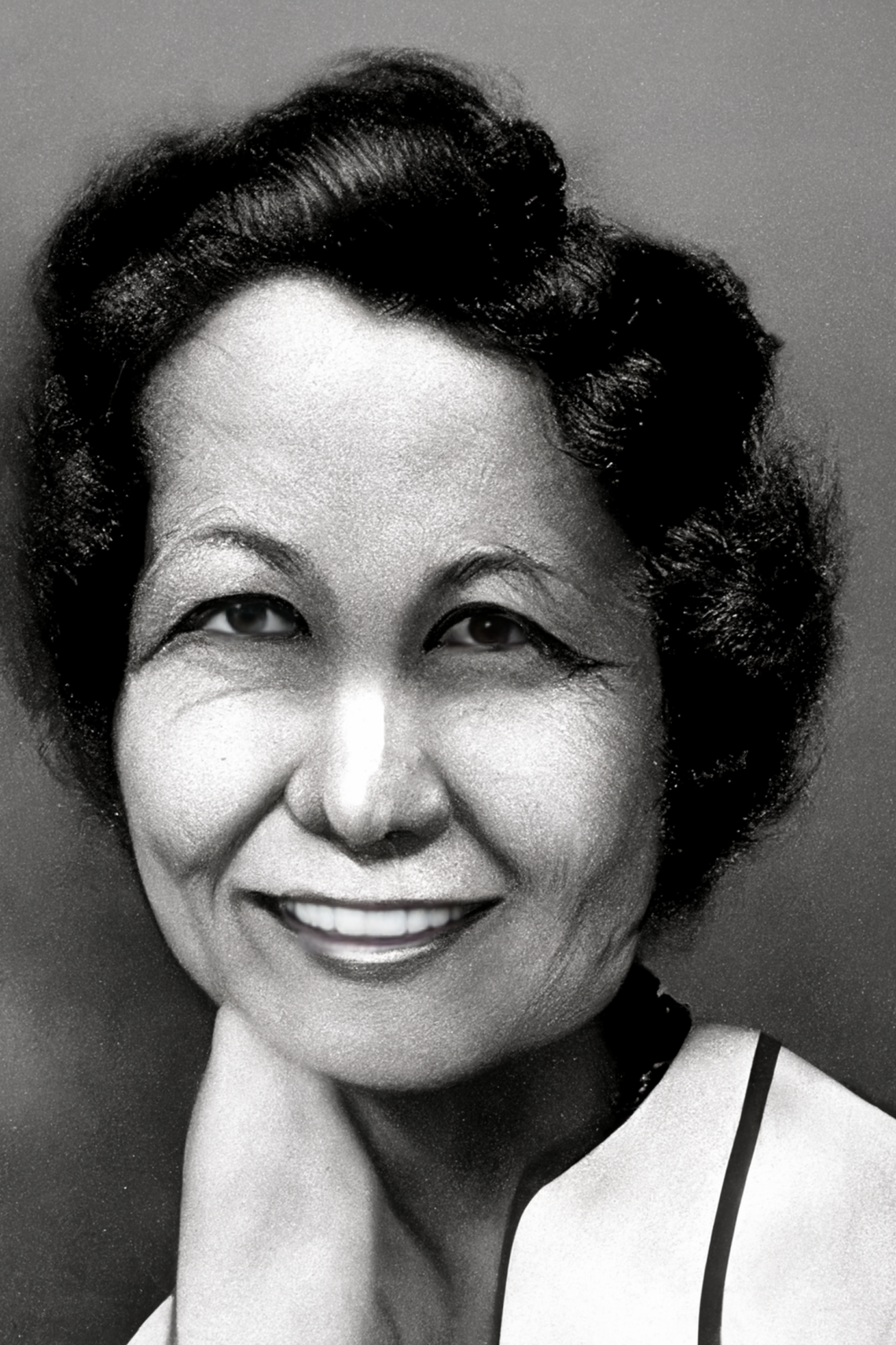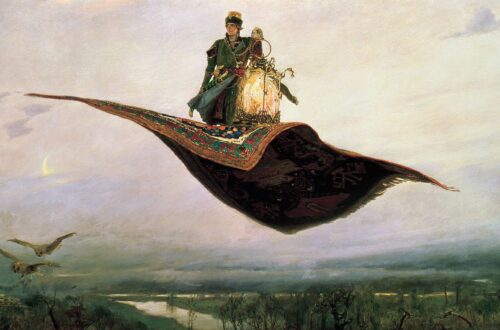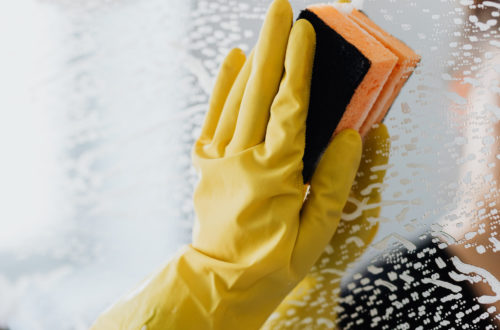
Ho’oponopono: The Rainbow Healing of Earthbound Spirits
As the glow of a rainbow stirs our souls, quietly inviting us into a world beyond our everyday realities, so does the ancient Hawaiian practice of Ho’oponopono. A mental cleanse, Ho’oponopono encourages you to journey inward, not only to resolve personal conflicts but also to clear negative energies around you. With its mystical roots grounded in the wisdom of the Kahunas, the Hawaiian priests, Ho’oponopono is more than just a method—it’s a way of life.
Today, our eyes are firmly trained on the marvels of the scientific realm. The 21st-century lens through which we perceive the world around us is calibrated by data, statistics, and empirical evidence. However, this rational methodology often limits us to only what can be measured, analyzed, and proven. Does this mean the world beyond our sensors, the intangible realities that evade precise measurements, cease to exist?
Let us venture back to 1770, when Captain Cook’s ship, the ‘Endeavour,’ sailed into the peaceful expanse of Botany Bay. Instead of the expected surprise and curiosity, the Aboriginal inhabitants exhibited an uncanny indifference. The ship—an alien artifact in their world—was not seen as a disruptive phenomenon, but merely an addition to their reality. This event subtly highlights the variance in perceptual filters, as we noted in the blog post, ‘Ho’oponopono and the Kahuna’s World.’
In modern-day parlance, we draw parallels between Ho’oponopono and family therapy. The methodology begins by exploring the issue at hand, gathering opinions, examining details, and eventually leading to the healing prayer—the moment of resolution. Yet, the journey of Ho’oponopono differs significantly from its therapeutic counterpart—it forges a deeper spiritual bond.
This spiritual bond takes shape in Morrnah Nalamaku Simeona’s workshops, where she channels energies to free earthbound spirits into the afterlife, preparing them for suitable reincarnation. An advocate of Ho’oponopono, Morrnah wasn’t just an ordinary practitioner—she was an embodiment of the practice.
She used the following prayer, a profound piece of spiritual poetry, to guide her journey and the journeys of those around her:
“Spirit, Superconscious, please locate the origin of my feelings,
Thoughts of (fill in the blank with your belief, feeling, thoughts________).
“Take each and every level, layer, area, and aspect of my being to this origin.
“Analyse it and resolve it perfectly with God’s truth.
“Come through all generations of time and eternity.
“Healing every incident and its appendages based on the origin.
“Please do it according to God’s will until I am at the present. Filled with light and truth.
“God’s peace and love, forgiveness of myself for my incorrect perceptions.
“Forgiveness of every person, place, circumstances, and event which contributed to this, these feelings thoughts.
“And it is done.”
Morrnah’s teachings found resonance in far-off places— from the United States to Germany, from the Netherlands to Japan. Her influential work at the United Nations, schools, religious institutions, and medical facilities—demonstrates the far-reaching impact of Ho’oponopono. Her endeavor to release the earthbound spirits at Pearl Harbor, and cleanse various buildings of residual energies, testify to the significant impact Ho’oponopono can have in addressing larger issues plaguing our world.
Closely associated with Morrnah, Dr. Hew Len played an instrumental role in furthering the cause of Ho’oponopono. His work at the ward for the criminally insane at Hawaii State Hospital is particularly noteworthy. Before his workshops, Dr. Len would ‘clean’ the profiles of all participants, conduct breathing exercises, and ‘speak’ with the building and its furniture, infusing the space with positive energy.
It’s not the visible, but the invisible—the spiritual preparation—that forms the backbone of their work. The calm, down-to-earth persona presented by Morrnah and Dr. Len during their sessions often belies the intense spiritual activity occurring in the background.
As we delve deeper into the nuances of Ho’oponopono, we are invited to consider the greater implications of this practice. Debating the past might seem fruitless, yet understanding it from the perspective of Ho’oponopono offers an alternative to our conventional narratives. It propels us beyond the realm of linear time and physical reality into a universe punctuated by moments of healing, forgiveness, and personal growth.
The practice of Ho’oponopono, much like the colours of a rainbow, represents a spectrum of healing that touches every aspect of our being. It encourages us to look inward, to reconcile with our past, and to heal our present. In its practice, we find an invitation—to understand ourselves and the world around us in new, vibrant colours, bringing the rainbow of our existence to life.


You May Also Like

Magic Carpet Cleaning 101: Understanding Meditation and Ho’oponopono!

Discover the Power of Patience and Persistence in Ho’oponopono
